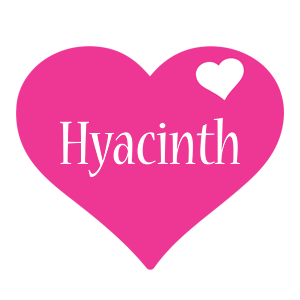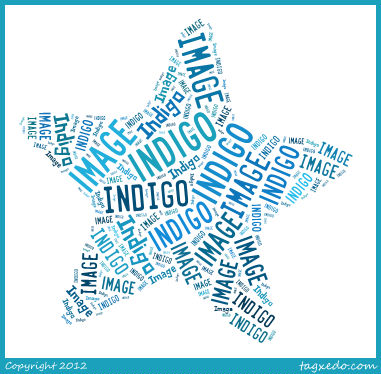https://dmnes.wordpress.com/2015/10/21/color-names-green-2/





They’re combining blue and purple into one post because of the difficulty there can be in knowing just how to classify one interim term that gave rise to a number of different names: violet!

Violet itself is of Old French origin, and thus its primary use is in places with connections to France. In the 16th C, it was quite popular in Scotland. The root word is Latin viola, itself used as a name. In connection with a research project on the roots of Shakespearean names, the editorial team specifically investigated this name before the publication of the current edition, finding out that it was unexpectedly popular in Hungary, Poland, and Ukraine.

It wasn’t only the Latin word for the flower that was used in names; the Greek compound of ιολη ‘violet’ and ανθος ‘flower’ was used, recognizable in the modern spellings Yolanda and Violante. These tended to be used more in western Europe than the Latinate counterpart mentioned above.

The next two names that fall under this post’s purview also have a connection with flowers. Greek ὑάκινθος was the name of both a flower and a precious gem of blue color, probably sapphire, and gave rise to both masculine and feminine names. Hyacinth was used intermittently in France, Italy, and Portugal; there was also a Polish saint by the name so while we haven’t found any Polish examples yet, this is due more likely to the fact that we have yet to start in on Polish names in any systematic fashion (the current edition has only 107 citations from Poland) than anything else. Hyacinthe was somewhat rarer; we have, to date, a single example from early Italy.

Finally, we have one surprise: Indigo. The word, referring to a blue dye imported from India, only entered the English language in the 16th C, so its occurrence as a given name at the very end of that century, in England, is extremely unusual. It’s also a name well worth considering for modern revival — unusual, but recognizable, and evocative of lovely things.

No comments:
Post a Comment